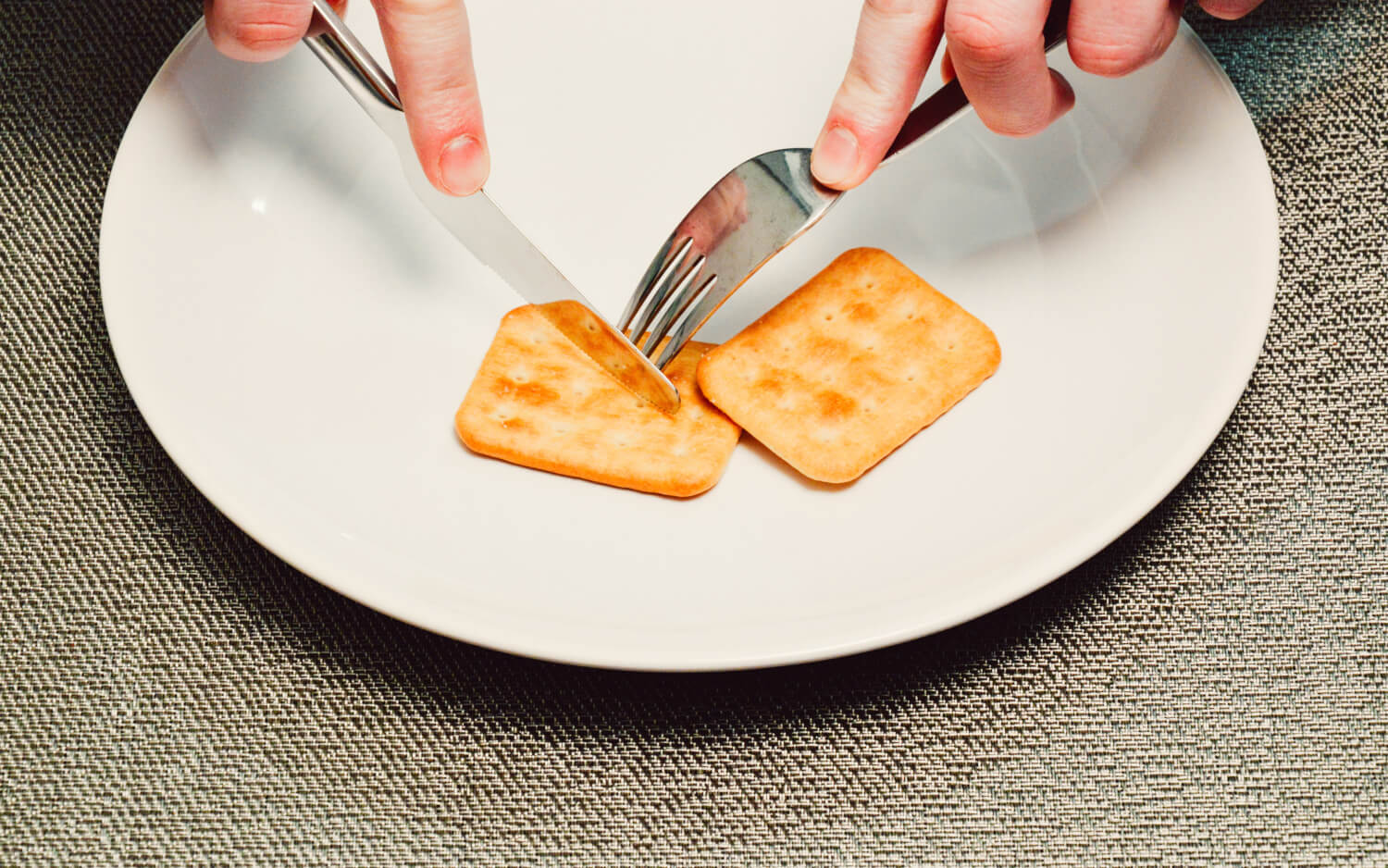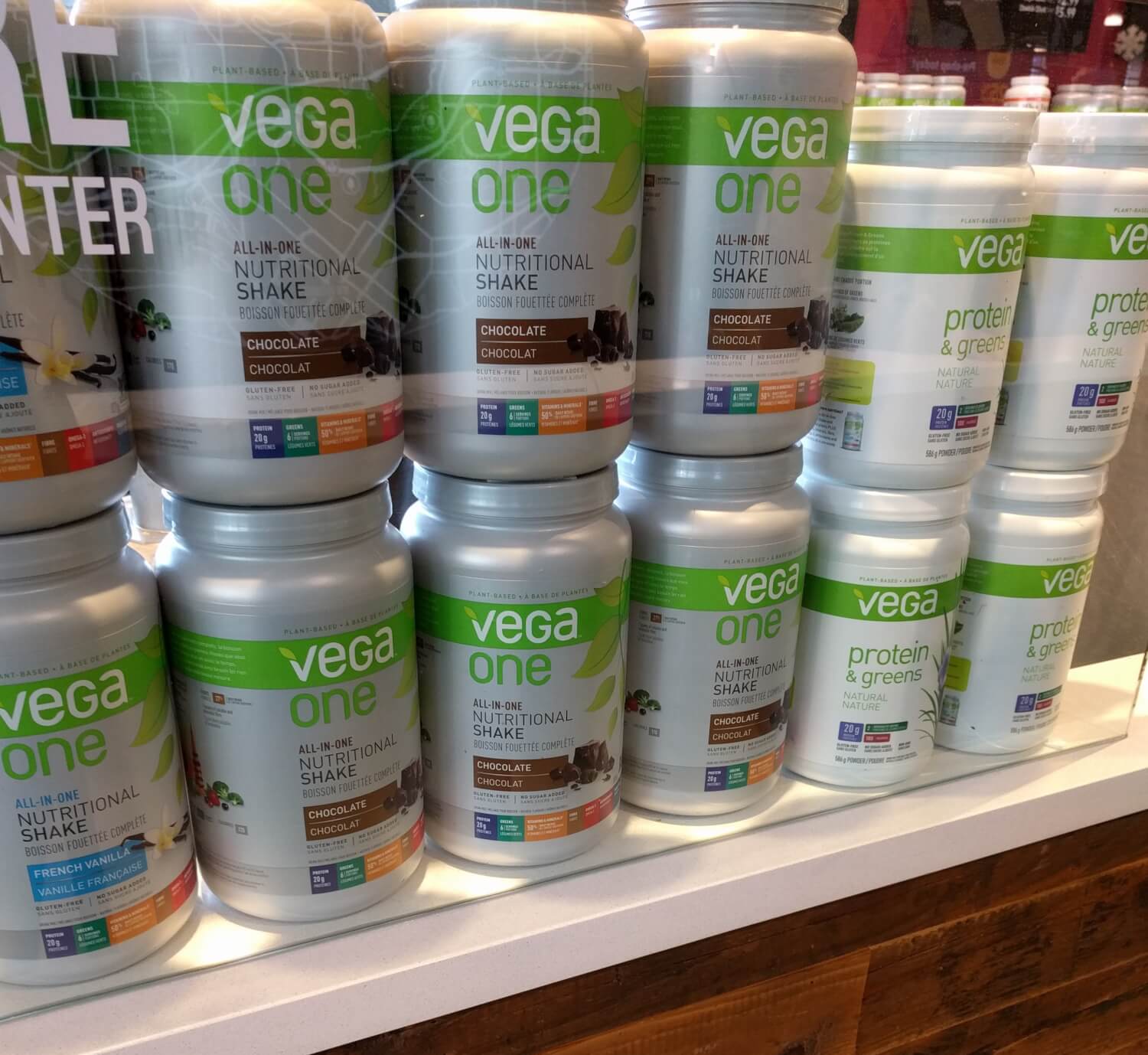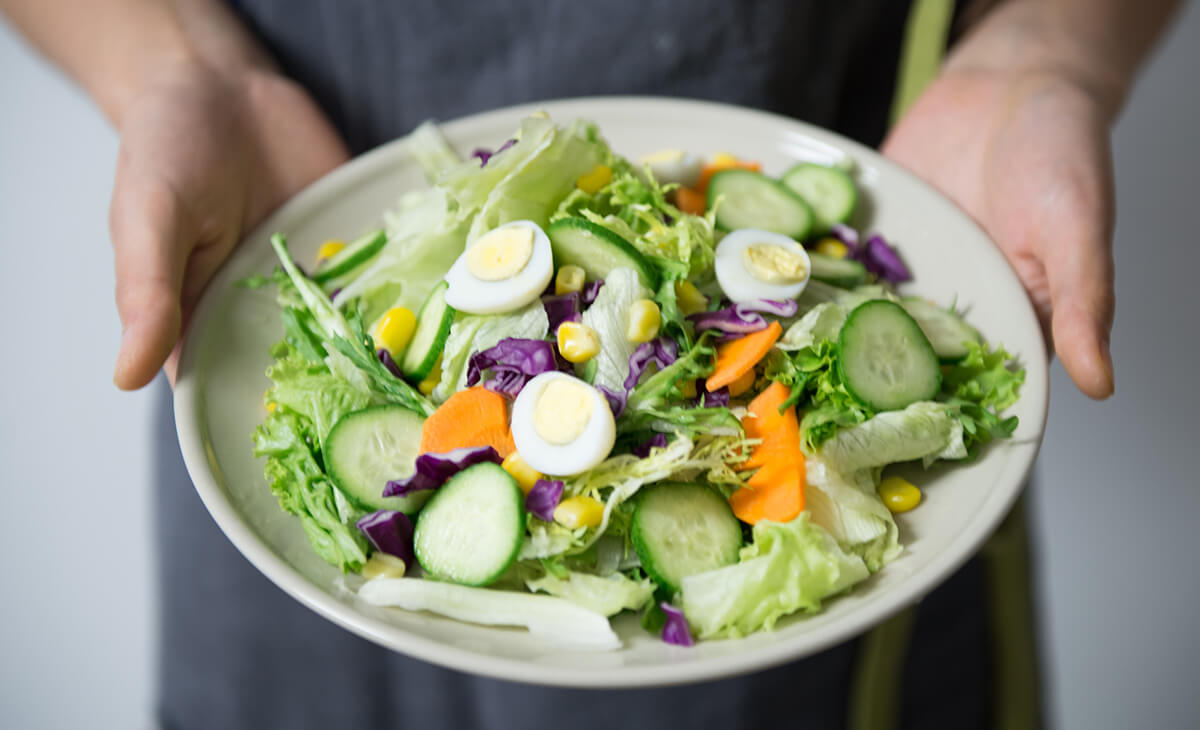Here’s a little story about growing a business in the good old days:
Once upon a time, if a customer wanted to buy a product, they went to a store near them that carried the product and bought it. The customer was happy: they got what they needed; the store was happy: they made a sale. The happy customer returned again, the store made more sales, the business grew, and everyone was happy.
A warm and fuzzy fiction, isn’t it? Sadly, in the ultra-competitive, marketplace of the 21st century, that’s all this story amounts to.
That’s because in the 21st century, online shopping, driven by the explosive growth of smartphone and app technology, has made shopping from home incredibly easy. Online shopping, or e-commerce, affects every type of industry and retailer across the board. That includes the nutrition industry.
At first glance, the nutrition/health store industry seems stable: according to market research conducted by IBIS World, the annual growth rate for physical, brick-and-mortar health stores in the US grew by 3.4% from 2010-2015.
However, in the same period, online sales for the same products grew too – and not just a little. According to IBIS World, online vitamin and supplement sales grew by 12.3%; more than triple the growth of physical stores. With bigtime vendors such as Amazon, Bodybuilding.com, and Iherb.com weighing in on the market, it’s hard to be surprised. That marginal growth isn’t going to last forever, especially in a world where Amazon is promising aerial drone deliveries direct to your doorstop in 30 minutes or less.
Why get in the car when you can get exactly what you want from your couch, anytime you want, delivered via air in less time than it takes to drive to your store, shop, and drive back?
Simple: because at your store, you can offer something that no faceless website or mechanical drone can ever hope to provide.
Superior customer service from a real person who is an expert on nutrition, offering personalized counseling, advice, and service that your customers will never be able to get online.
Even with the internet, your customers still crave that face-to-face interaction and expertise, if you can provide it. A study by NICE Enterprise Group recently demonstrated that in terms of customer satisfaction, people strongly favored either speaking to a real person at their location (44%) or on the phone (60%) over many digital channels, including website (39%), social media (1%), smartphone apps (6%), and email (9%).
Still, even if you are the most well-respected expert on nutrition in your local community, you can’t provide superior customer service without something driving traffic through your door.
You still need a reason to get people off their couches to come talk to you. What can be that traffic driver?
Offer body composition analysis tests at your nutrition store.
The Key to Customer Service
What is body composition analysis? What does that have anything to do with customer service?
Body composition analysis is a method of determining what makes up your weight: muscle, fat, bone, and water. And whether your customers realize it or not, they’re already coming to your store to optimize their body composition. Most of them want to change their body composition by gaining muscle or losing fat (and probably both). Now, by looking at their body composition results, you can guide them to exactly the right product on your shelf to help them reach their goals quicker.
What this amounts to is this: you’re providing each customer personalized 1:1 attention and offering them solutions so that they can meet their individualized goals.
That’s superior customer service.
How can you test for body composition? Although there are many ways to test body composition, there is only one practical method for in-store testing that’s accurate, reliable, and gives you enough information to make the right recommendations. That’s body composition testing using bioelectrical impedance analysis (BIA) technology.

For nutrition stores, it’s the ideal choice. These devices are small and can be easily set up in a retail store. They also perform tests automatically, typically under a minute or less. Best of all, they don’t require any pinching or poking of your customer, like what happens when you use skinfold calipers. No one is going to come to your store to get pinched and poked.
What information do you get from a typical BIA body composition test?
Nearly all BIA devices will determine body fat percentage. Using this number and multiplying it with a customer’s body weight will give you their Fat Mass. You can subtract that number from their body weight, and what remains is their Lean Body Mass (which includes, but isn’t the same as, muscle. More on that here)
If you’re an InBody customer, you will have access to additional information such Skeletal Muscle Mass (what most people refer to as just “muscle”) with a graph showing if the amount is under, over, or within the normal range for that person’s body.

You and your customer probably don’t need a body composition test to determine if they are overweight. Your customers probably know this already, and this can be identified on the graph if the bar for Weight extends into the range under the “up” arrow.
What your customers may not know, however, is if they are underweight. This can also be identified on the graph by checking if the bar ends in the range under the “down” arrow.
You can also provide extra value to your clients by showing them where their Lean Body Mass is located and how developed they are from both an upper/lower body and right/left body perspective.

InBody clients can also reveal their a customer’s Basal Metabolic Rate (BMR), which describes how many calories your customers need to keep their bodies operating at their full potential.
With BMR, you can quickly determine how many calories your customer needs to gain/lose weight based on their activity level. With that information, you can start crafting customized diet plans based on your customer’s unique body composition and recommend the exact products. If you’re interested in that, you can read this complete guide to using BMR to creating diet plans.
Putting It Into Practice
Here are a couple situations where you can provide excellent customer service, build lasting relationships with your customers, and help your business grow.
Scenario: A first-time customer comes into your store. They come into your nutrition store with the initial thought of buying whey protein because they “want to build muscle and get toned.”
Action: After hearing what your new customer’s goals are, you tell them that you’ve got a pretty good idea of what products might work for them, but in order to be sure, you offer them a free body composition test, just as a thank you for walking in. You can mention to them that you usually charge a fee for this service, but for first-timers, you give it to them on the house thanking them for considering your store.
You test them, and you see their results look like this:

From this graph, you notice that this customer is underdeveloped in Weight, Skeletal Muscle, and Body Fat. You can make the recommendation that because this person’s Fat Mass is already low, they just need to focus on gaining weight and muscle. You can recommend that in addition to whey protein, that they also get a weight-gaining product to increase their calorie intake to ensure they have the nutrients to perform at the gym.
Results: A first-time customer walked into your store thinking that they were only coming in for whey protein, and walks out with a body composition test, whey protein, and weight gainer. Not only that, they walked out feeling like they made the right choice because you took the time to get to know them and offered them exactly what they needed to hit their goals.
They walk away happy because they feel like they just unexpectedly got great customer service, and you’re happy because you just potentially doubled your sale from what you would have sold before, AND you ensured that that customer will be a repeat customer.
- The Weekly Weight Challenge
Scenario: In order to build traffic to your store, you create and advertise a fat loss challenge with weekly weigh-ins to track progress. The challenge can go for as long as you like, and the winner gets a gift card to your store.
Action: You advertise to your customers that you’re going to be holding a fat loss challenge: whoever can lose the most pounds of fat in 8 weeks wins a big gift prize to your store. You charge a small entry fee for each participant that will cover a free body composition analysis – one a week, at each weigh-in – during the competition.
Every time one of your customers comes in for a weekly weigh-in, you can comment on their progress and offer recommendations that might help them win the contest.
Let’s say one of your customers come in on the second week of the competition, and their body composition results look like this:

Imagine this person lost half a pound of fat over 2 weeks. You tell them you think they can do better if they make a couple changes in their diet. You recommend that they introduce a fat-burning supplement to help them stay focused and increase their metabolism. 6 weeks later, that person you helped wins the contest.
Results: By holding a fat loss contest and charging a small fee to participate, you’re guaranteeing traffic coming into your shop every week. They’ll want that free body composition test, and they’ll want to know if they’re on the track path to win.
Every time someone from your contest comes in, you’re creating another opportunity to offer exceptional customer service by analyzing their results. When you analyze their results and make recommendations, you’re creating new opportunities to potentially sell more products.
But selling products will just be an extra bonus. What you’re gaining is something even more valuable – a reputation of expertise and customer service. Your customers have friends, and they talk to them. By offering fun, exciting, and educational that they can only get from your store, you’re creating more traffic for yourself, increasing your revenue and growing your business.
Get Your Name Out There By You Getting Out There

If you really want to drive traffic and growth for your nutrition store, get out from behind the counter and go out to where your customers are using your products – their gym. If you’ve got a body composition analyzer, you can use it as a bridge to get you connected with business owners in your local area. Here’s how.
From one of your customers, find out if you can get introduced to the person who runs their gym. When you meet with a local gym owner, you can propose a mutual cross-promotion arrangement where both of you can improve the image of your respective businesses. It might go something like this.
You bring your body composition analyzer to a gym on a set day. The gym owner can advertise your arrival to their members prior to your coming on that set day. What you’re there to do is test as many people as possible for a fee. Create a profit-sharing plan with the gym owner at whatever arrangement works best for the both of you.
Another arrangement could be that you bring samples of your products and promotional material for your shop that you can hand out when you give the body composition tests. Don’t sell your products at the gym unless that’s been agreed to by the gym owner.
Why This Benefits The Gym Owner: Your partner gym owner gets to use a body composition tool and provide it to his members at absolutely no charge. In fact, all he has to do is say yes, and he makes money.
On top of all that, now it’s the gym owner that’s providing excellent customer service because of a service you provide. Your partner gets to build rapport with his customers, ensuring that he retains his members continue paying their memberships, building his reputation in the community. All of that costs him nothing, and what remains is more money for him and a new, profitable partnership with you.
Why This Benefits The Gym Members: The gym members get to have their body composition analyzed and interpreted. If you decide to give away free samples, then they’re getting free stuff too.
Why This Benefits You: You get to expose your services to a whole new group of potential customers, and you get to do it in the place where they are most receptive to hearing about health supplements – their gym. You get your name out in the community, and you can get people interested in coming to your store to buy your products. You’ll be driving traffic to your store.
You also get to benefit from what can be a valuable and profitable partnership with a local gym owner. Because your businesses complement each other, there are many creative ways you can cross-promote your two businesses to the benefit of both.
One advantage of this strategy is that it is scalable. You can build more partnerships with more gym owners. For example, if you work to build relationships with 4 gym owners and do body composition testing once a month at each, now you’ve got a place to test people and promote your business outside of your store once a week.
Exceed Expectations Always
As a nutrition store owner, you provide vitamins, supplements, and wellness products to the community.
The baseline expectation of your customers will be that you have what they want in stock, whenever they come into your store.
But if the only service you provide is just being a place where people can buy products, slowly but surely, you are going to lose traffic and profit to the internet. Once one of your customers experiences how easy it is to order online, they’ll start ordering online all the time. Why wouldn’t they?
Wouldn’t you?
If you want to keep your customers and grow your business beyond what you thought was possible, you need to provide something that the internet will never be able to do: the personal touch of human interaction. You need to exceed the expectations your customers have of you. You need to offer superior customer service, and with a little effort, you can do it. Here’s how:
As a nutrition store owner, you know your products inside and out. Every product is in your store for a reason, and if someone tells you what their goals are, you know exactly which one to recommend.
But today’s customers are smart. They know how to research online, and they will probably come into your store thinking they know what they want already.
Be the expert. Use their individual body composition results to guide your recommendations. Not only are you creating opportunities for yourself to upsell and move more products, but you’re also providing personalized service with someone’s actual body composition results. No website can do that.
- Engage with your customers
Time is valuable. Your customers are busy people with busy lives, and like anyone else, have to decide when and how to use their time.
Make your customers want to spend a small amount of their valuable time at your store. To do that, you have to give them a reason to, and not just to buy more products when they run out.
Host events at your store like fat loss challenges. Get them interested in coming back. Offer them a prize to keep them engaged. The more you get people interested in coming through your store, the more opportunities you have to prove your value and sell.
- Reach out to your community
Whether you realize it or not, you are part of a greater network of like minded businesses that can compliment each other. You just need to tap into it.
Get involved with businesses in your local community, and use your body composition analyzer as the vehicle that opens the door to the relationship. You have a valuable resource – share it. Every person you test becomes a potential customer of yours.
By being out in the community, you will begin to build a reputation for yourself as the go-to person for supplements and health information. You will begin to be much more than simply a storefront and a place where people pick up their protein powder once a month.
You can become the person that people come to for the information and products that impact their lives. You can offer advice, plans, and products that make people healthier and happier. That’s superior customer service.
And that, no matter how technology improves over time, is something people will always want.
Source: https://inbodyusa.com/blogs/inbodyblog/79958209-how-to-increase-sales-at-your-nutrition-store-with-body-composition/
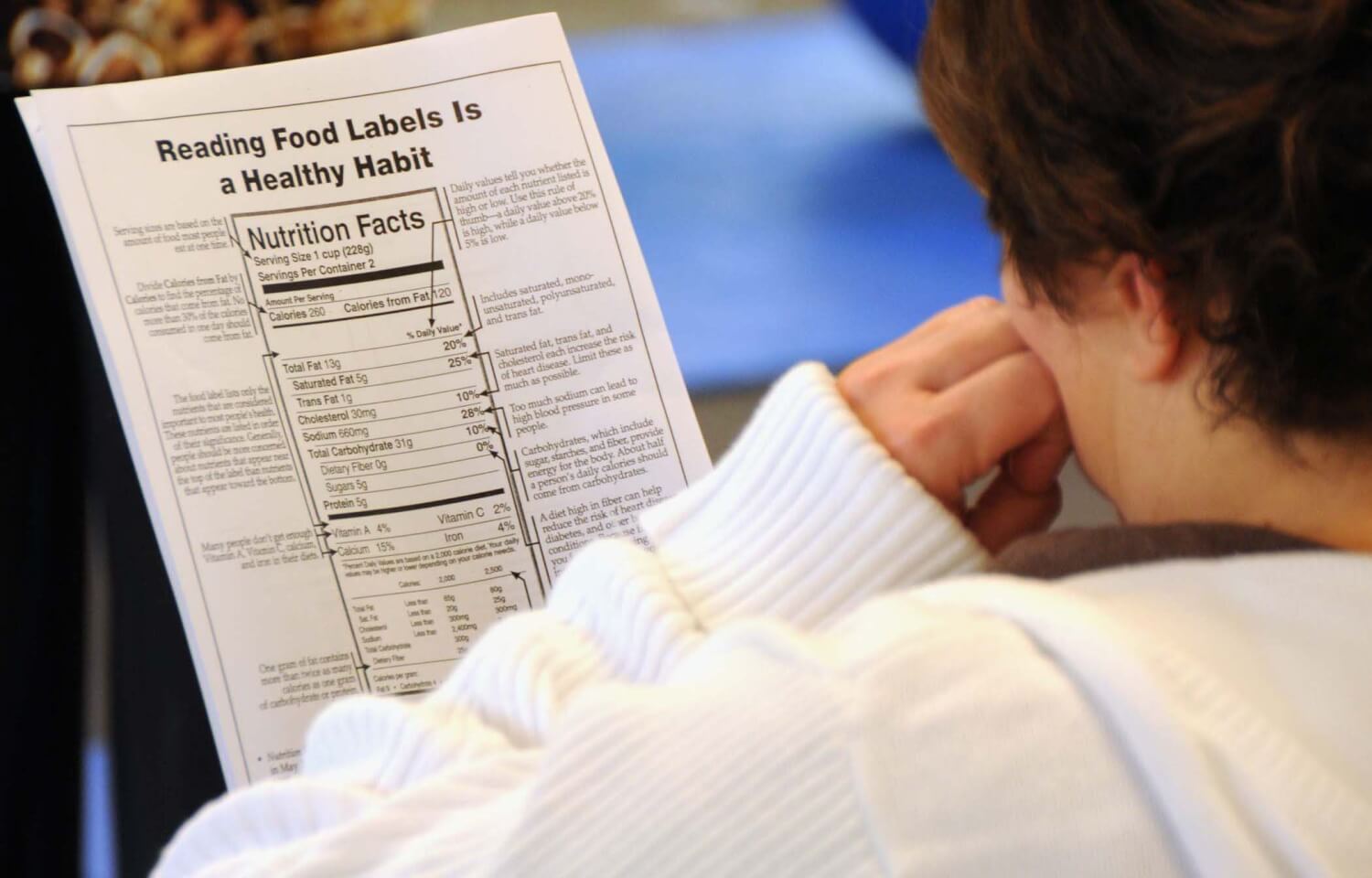






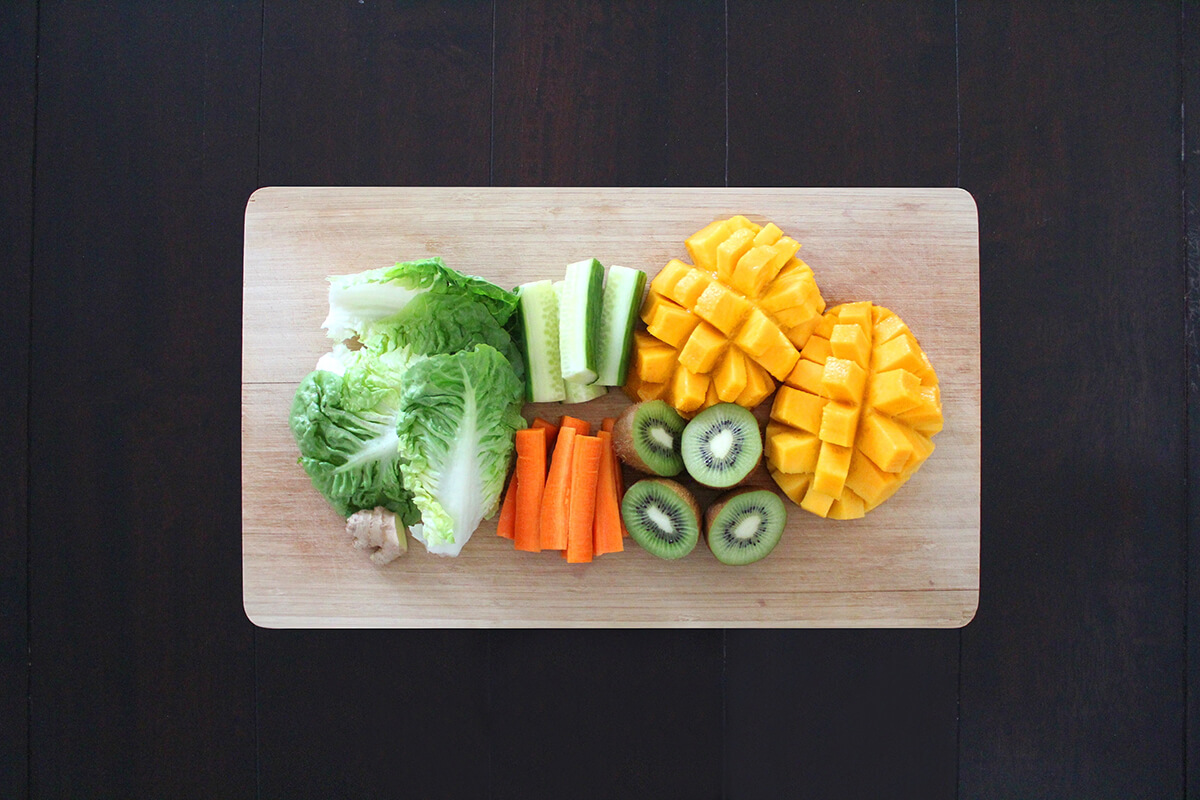






 When most people think about
When most people think about  Many are already aware of the connection between
Many are already aware of the connection between 
















